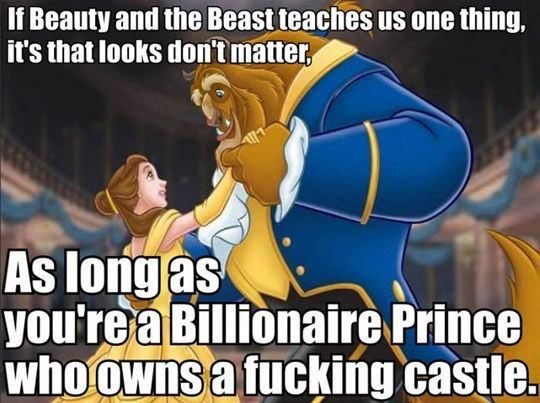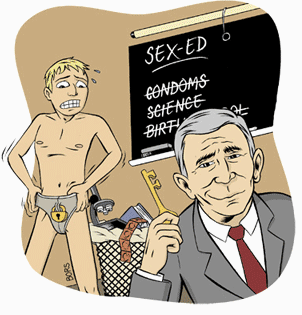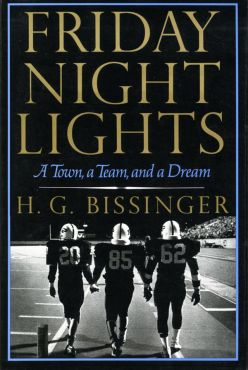Religion seems to play less of a role in modern
society. Celebrities are the new Gods. It doesn’t surprise me that
adolescents find meaning in pop stars and movie stars. Adolescents are dealing “with competing
versions of reality and a diverse range of possibilities vying for adherence in
the public sphere” and frequently “struggle to organize their experience into
what we might call a coherent frame of orientation” (204). A pop song by Taylor Swift might speak to a
student more than anything else in their world.
It might be the only part of their life that helps them reach that frame
of orientation.
A quote that struck me: “According to Erickson,
a central feature of adolescence is becoming aware that one is creating a sense
of identity with every thought, decision, and action…” (205). As teachers, we
under-estimate our students’ perceptions of the world. They’re, for the most part, more aware of
everything going on around them than we give them credit for. They’re more aware of their identity than at
any point so far in their lives, and how they’re part of constructing it.
I loved how this tied into the end of this
chapter. It really brought together all
the other chapters and everything we’ve been discussing this semester.
When teens ask the big questions, and we BS
them, they know we’re being hypocritical.
“Being transparent about the ultimate concerns that undergird our
curricula…will help adolescents formulate powerful questions of their own”
(226). “Adolescents do not want ‘fixes
or formulas’ but simply want to be heard” (226). These ideas were simple yet do fit into one
of the underlying messages of the book: give students a safe place to talk, to
be themselves, to get messy, to make mistakes.
Try to give them the benefit of the doubt as much as possible. Try to look at all the angles. There’s never an easy answer. Students don’t want to fail. “The point is not to define or contain the
experience but to open the possibility that it might occur and then accompany
youth as they make meaning of it” (227).
We’re not trying to re-invent the wheel.
Give students an opportunity to seek their own transformation and see
what might happen.
This chapter reminded me of the book I’ve beenreading about JD Salinger, who wrote of Catcher in the Rye. Salinger is famous for moving to rural New
Hampshire and leaving the world of publishing soon after his success with
Catcher in the Rye. The book I’m reading
documents his reasons for leaving civilization, and my interpretation is he was
being changed by the rabid reaction of his fans. People were looking at him as a sage, a
God-like creature, who had all the answers to life’s most difficult questions. Catcher in the Rye connected with people on
such a deep, personal level that they thought they knew Salinger, but not as a
person, as a diety.
Infamously, several people cited Catcher in the
Rye as inspirations for heinous acts, the most notable being Mark David Chapman’s
assassination of John Lennon. I wonder
why they identified with Salinger’s book so much. Were they going through a struggle with their
identities? Were they going through a
struggle with the bigger questions in life, like why are we here? What’s my purpose in life? Salinger’s protagonist, Holden Caufield, sees
the world filled with phonies and he feels like an outcast. I understand why this would connect with
people who feel like they’re ostracized by society. I think Salinger underestimated the impact
his novel would have on people, and when he realized the real damages, he got
out of town.
Interestingly enough, the book I’m reading about
Salinger does a good job of dispelling some of the myths surrounding him. However, they do add to the celebrity-legend
machine surrounding him. They interviewed
mostly people who were the periphery of Salinger’s life, like his children’s
nanny. None of his direct relatives or
close friends are actually interviewed, giving the book a less distinguished feel. Ironically, the book itself is much like the
people he was trying to drive away. The
reason why he stopped being part of society was exactly because of people who
would write books like the one I’m reading.
In other words, the book doesn’t seem to be as
self-critical as it should be. In any
case, the book does note that Salinger had a great understanding of kids. He certainly loved talking to kids, allowing
them to discuss their problems to him, and he loved giving them advice. He certainly was open to their experiences
and helping them find themselves, their true identities. It makes sense most of his characters were
children!










